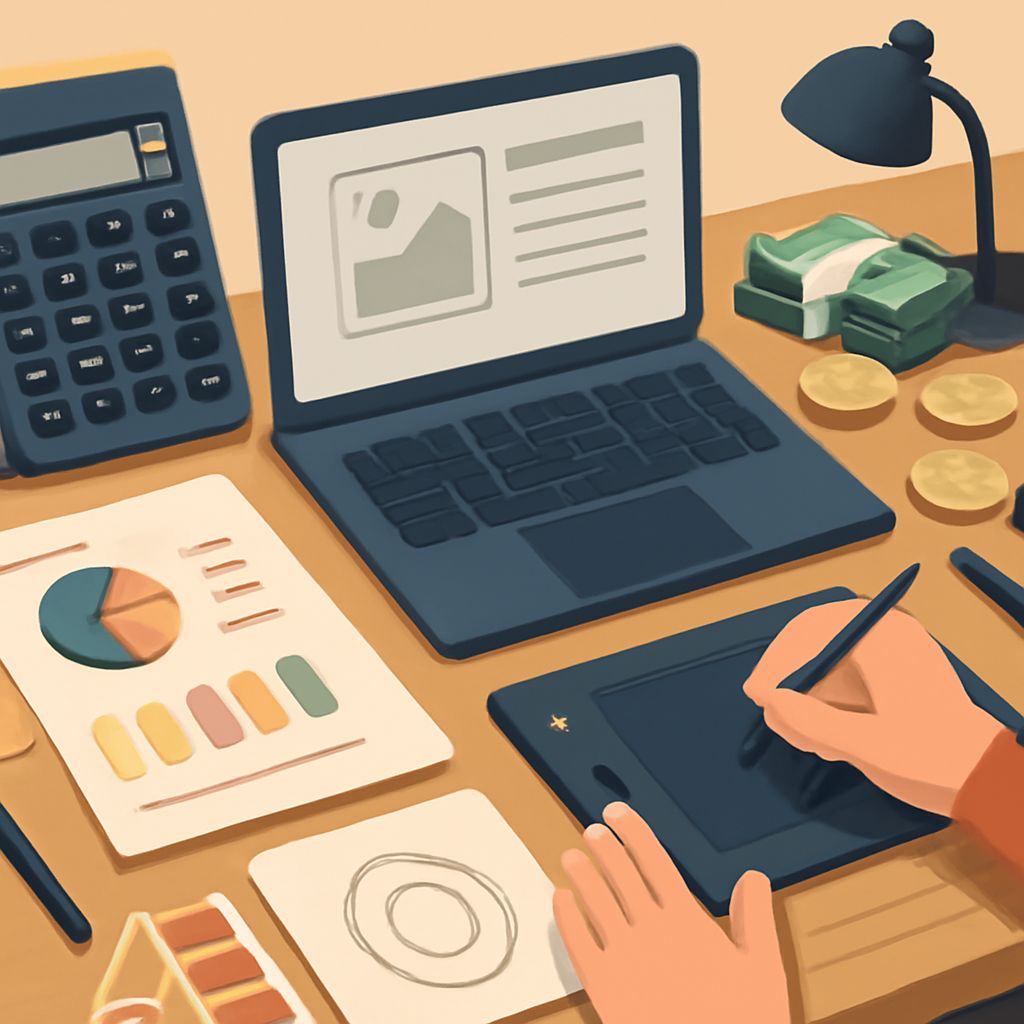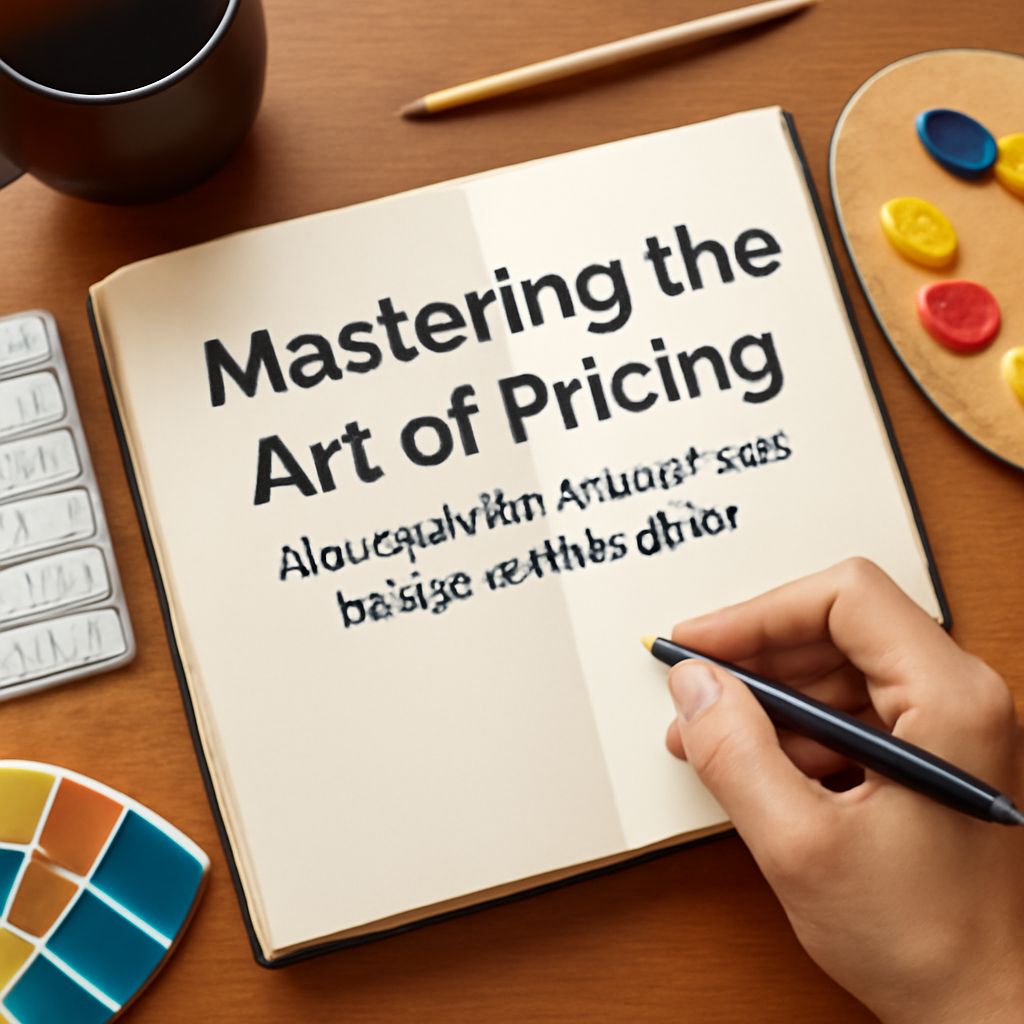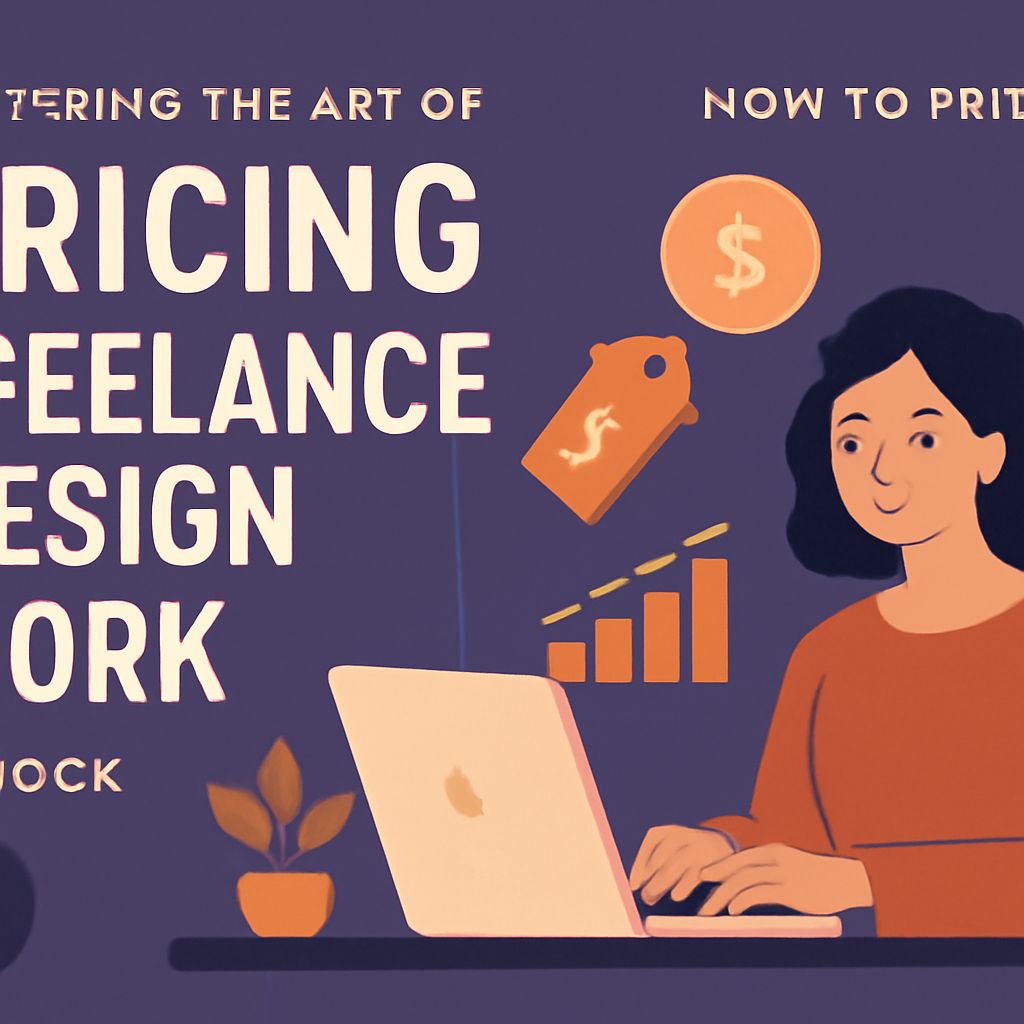The Importance of Pricing Your Freelance Design Work
Setting the right price for your freelance design services is crucial for your business sustainability and growth. Many designers struggle with pricing, either undervaluing their work or overestimating what clients are willing to pay. In 2025, the landscape of freelancing is evolving, and understanding how to price your services effectively is more important than ever.
Understanding Your Value as a Designer
Before you can set your prices, it’s essential to understand the value you bring to your clients. This involves recognizing your skills, experience, and the unique perspective you offer. Consider the following:
- Skill Level: Assess your proficiency in design software, techniques, and industry standards.
- Experience: Take into account how many years you’ve worked in the field and the complexity of the projects you have completed.
- Specialization: Determine if you have a niche market or specific skills that can justify higher pricing.
Conducting Market Research
Researching your competitors is a crucial step in understanding the market rate for freelance design work. Look at designers in your niche and analyze their pricing models. Here are some methods to conduct thorough research:
- Freelance Platforms: Explore platforms like Upwork, Fiverr, and 99designs to see what other designers charge for comparable services.
- Industry Reports: Read reports and surveys that provide insights into freelance design pricing trends.
- Networking: Reach out to fellow designers and ask about their pricing strategies.
Choosing a Pricing Model
There are several pricing models you can adopt as a freelance designer, each with its advantages and disadvantages. Understanding these can help you choose the best fit for your business.
Hourly Rate
This is one of the most common pricing models. Charging by the hour allows you to bill clients for the actual time spent on their projects. Here’s what to consider:
- Pros: Flexibility in projects, straightforward billing, and easier for short-term clients.
- Cons: Clients may perceive this as less predictable, and it can limit your earning potential.
Project-Based Pricing
In this model, you set a fixed price for the entire project based on its scope and deliverables. Advantages include:
- Pros: Clear expectations for clients, potential for higher overall earnings.
- Cons: Underestimating time and effort can lead to reduced profits.
Retainer Agreements
Retainers involve clients paying a set fee for a specific amount of your time each month. This model offers stability for both parties:
- Pros: Predictable income, long-term relationships with clients.
- Cons: It may limit your ability to take on additional projects.
Setting Your Rates
Once you have chosen a pricing model, the next step is to set your rates. Here are some tips to help you determine what to charge:
- Assess Your Costs: Calculate your overhead, including software subscriptions, hardware, insurance, and any other business expenses.
- Determine Your Desired Income: Decide how much you want to earn annually and break it down into monthly goals.
- Factor in Taxes: Always account for taxes when setting your pricing to ensure you meet your financial needs.
Creating a Rate Table
To provide clarity to your clients and yourself, consider creating a rate table that outlines the cost of various services. Here’s an example:
| Service | Hourly Rate | Project Rate |
|---|---|---|
| Logo Design | $75/hr | $500 |
| Website Design | $80/hr | $2,500 |
| Brand Development | $70/hr | $1,200 |
| Social Media Graphics | $50/hr | $300 |
Communicating Your Value to Clients
Once you have established your pricing, communicating your value to clients is essential. Here are a few strategies:
- Portfolio: Showcase your best work in a well-organized portfolio that reflects your skills and style.
- Testimonials: Gather client testimonials that highlight your professionalism and quality of work.
- Case Studies: Create detailed case studies that outline the problems you solved for previous clients and the results achieved.
Negotiating with Clients
Pricing discussions can be sensitive; knowing how to negotiate effectively is key. Consider these tips:
- Be Confident: Speak with confidence about your pricing and the value you provide.
- Listen: Understand the client’s budget constraints and see if there’s room for negotiation.
- Flexibility: Be open to adjusting your proposal, possibly offering different service levels at varying price points.
Adjusting Your Pricing Strategy Over Time
As you gain more experience and build your reputation, it’s important to revisit your pricing strategy regularly. Factors that may prompt a reassessment include:
- Market Trends: Stay updated on industry standards and competitor pricing.
- Increased Demand: If your services are in high demand, consider raising your rates.
- Skill Improvement: As you develop new skills or expand your services, your pricing should reflect that growth.
Conclusion
Pricing your freelance design work can be daunting, but with the right strategies and tools, you can find a pricing model that works for you and your clients. By understanding your value, conducting thorough market research, and effectively communicating with clients, you can create a sustainable and profitable freelance design business. As the freelancing landscape continues to evolve in 2025, adapting your pricing strategy will be key to your long-term success.
FAQ
What factors should I consider when pricing my freelance design services?
When pricing your freelance design services, consider your experience, the complexity of the project, market demand, your target audience, and the time required to complete the work.
How can I determine my hourly rate as a freelance designer?
To determine your hourly rate, calculate your desired annual income, divide by the number of billable hours you expect to work in a year, and adjust for your skills and market standards.
Is it better to charge by the hour or by project for freelance design work?
Charging by the project can provide more predictable earnings and can be more appealing to clients, while hourly rates may be better for ongoing work or unclear project scopes.
What common pricing models should I be aware of for freelance design?
Common pricing models for freelance design include hourly rates, flat project fees, retainer agreements, and value-based pricing, where you charge based on the value provided to the client.
How often should I review and adjust my freelance design rates?
You should review and adjust your freelance design rates at least once a year or whenever you gain new skills, experience, or if there are significant changes in the market.
What strategies can help me justify my freelance design pricing to clients?
To justify your pricing, communicate the value of your work, share case studies and testimonials, highlight your unique skills, and be transparent about your process and the time required.




